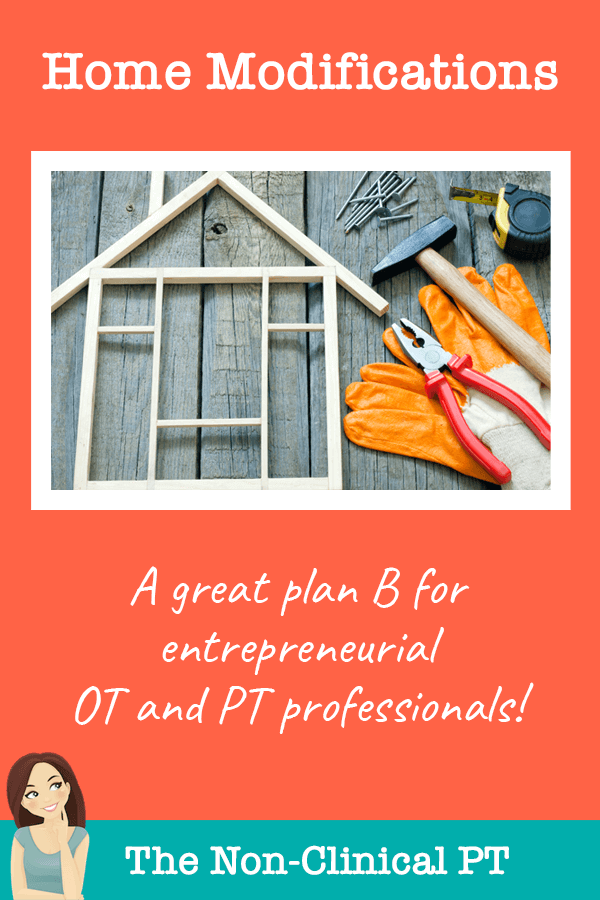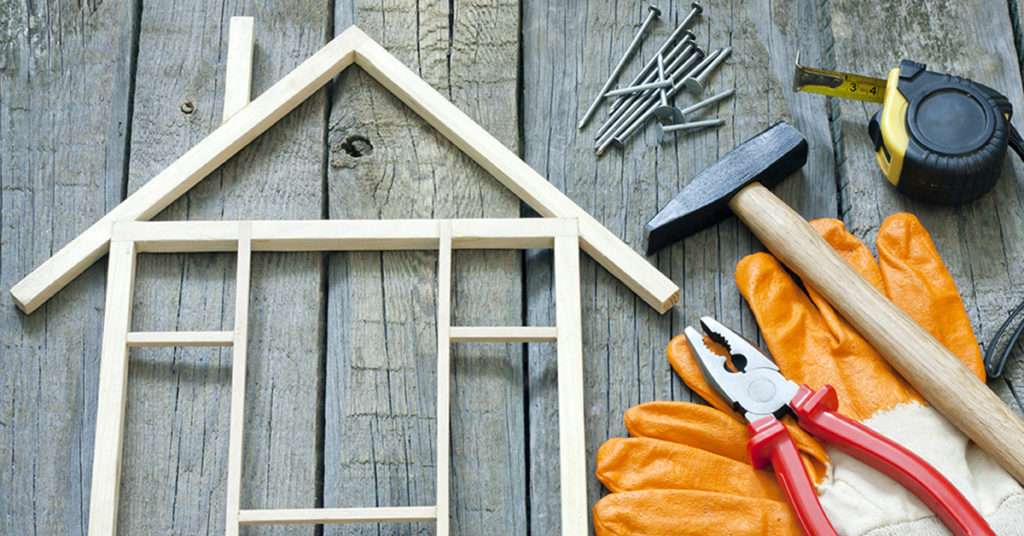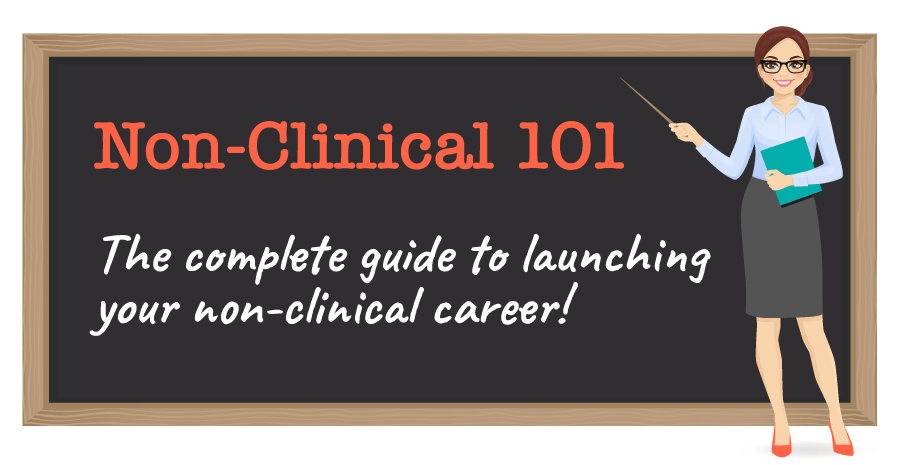Over the course of my career as an occupational therapist (OT), I’ve participated in many ventures related to home modifications and universal design (UD). These include:
- Performing home evaluations for clients for an existing organization
- Conducting home evals for patients via private payment
- Working for a university as a research scientist
- Providing training in the area of home mods and assistive technology (I worked alongside a team of other professionals whose backgrounds include engineering, architecture, and design.)
I even created an online course related to home mods and universal design! (And, no, it’s no longer available for purchase…this was back in the early days of online learning!)
As you can tell, I’ve spent some time in the world of home modifications, and you can believe me when I say that it’s very possible to carve out a career in home modifications or universal design if you’re an occupational therapist or assistant. (The same goes for physical therapists and PTAs…and even SLPs if you have the desire!)
And, the best news is that your PT/OT background will be VERY helpful in getting you there.
- What, exactly, are home modifications?
- What is universal design?
- How do occupational and physical therapy professionals work in home modifications?
- Education
- Networking
- Additional home modifications resources for occupational therapy and physical therapy professionals
- Universal design (UD) resources for OTs and PTs
- I want to start a home modifications company. Now what??
This post may contain affiliate links or codes. This won’t increase your cost, but it helps keep TNCPT alive, and free of annoying ads! Thank you for your support. 🙂
What, exactly, are home modifications?
According to the American Occupational Therapy Association (AOTA), “Home modifications are changes made to adapt living spaces to increase usage, safety, security, and independence.”
The home modification process includes:
- Evaluating needs to make homes more livable for those with disabilities
- Identifying and implementing solutions (think grab bars, raised toilets, ramps, improved lighting, levered door handles and more)
- Training people on the safe use of such solutions
Clearly, we therapy professionals are well poised to do exactly this. We just need some guidance in order to get started!
What is universal design?
I hear the terms “home modifications” and “universal design” used interchangeably, but they’re technically different. Universal design (UD) was first used by an architect to describe designing environments and products to be used by as many people as possible, including those of all abilities and disabilities. Cool, huh?
The bottom line here is that universal design is simply about creating solid design. Design that is usable and convenient and helpful to everyone.
So, the main difference between the two is that universal design refers to all environments and products, while home modifications refers specifically to making changes to a home that enable people to live more independently.
I created this article as a resource to learn more about these fields, and how you can build a career out of this really unique non-clinical OT option.

How do occupational and physical therapy professionals work in home modifications?
Here’s where things can get a little disappointing, but hear me out.
There aren’t many home modifications companies out there that hire occupational and physical therapy professionals. It’s not the type of career where you get a few certs and waltz into a job. Instead, these careers usually require that you create a role for yourself within a larger organization, or that you create your own business. It’s different from running a PT or OT practice, but many of the hassles that go along with the former go with the latter as well.
The nice thing is, regardless of whether you join a large company or start your own, you’ll probably want to take a lot of the same steps.
I’ll cover some of the important steps to get yourself prepared to do home mods and feel confident in the process. And at the bottom, we’ll discuss a bit about how to start your own home modifications business!
Education
We’ll start with education, which is important as you begin the journey. Frankly, there are many different ways you can spend your money learning about home modifications, and not all of them are worth the investment 🙂
We recommend that you start with the path of least resistance (and lowest cost), and then work your way toward courses that require more of a financial investment. Keep in mind that the first few courses I’m listing here are more “FYI” courses to help you learn more about home mods/UD, rather than give you some sort of certification to put on your resume or website. As we get down the list, the investment grows, as do your bragging rights if you get some letters after your name.
Home modification CEUs
MedBridge Education

Here at The Non-Clinical PT, we love using MedBridge because it has the largest selection of non-clinical courses, most of which count toward your CEU requirements.
MedBridge has quite a few courses on home modifications, and they all come with your unlimited CEU package. That means if you’re already a member, you can learn about home mods for free while you rack up CEUs. And if you’re curious about home modifications but not ready to invest in a super pricey certification, you can sign up for MedBridge, take the courses below, and also get all your other CEUs for the year at the same time (unless your state has an in-person requirement).
(Editor’s Note: If you don’t belong to MedBridge, please consider using our discount code (TNCPT) if you sign up. You save 40% and The Non-Clinical PT makes a small commission. Cheers!)
- Home Modifications: Foundations for Practice Part 1
- Home Modifications: Foundations for Practice Part 2
- Home Modifications: Bathroom Solutions Part 1
- Home Modifications: Bathroom Solutions Part 2
- Home Modifications: Entrances
- Home Modifications: Funding
- An Occupational Therapist’s Remodeling Project
- Fall Prevention: The Role of Home Assessments and Modifications
ContinuEd.com

We also love the ContinuEd family of sites; they are the best value because they’re so inexpensive (just $99/year for unlimited CEUs!). That said, they do lack some of the breadth of non-clinical topics found on MedBridge. Here’s a review of physicaltherapy.com, in case you’re interested in why I personally use this site!
OccupationalTherapy.com (like its counterparts, PhysicalTherapy.com and SpeechPathology.com) offers one of the best values for unlimited CEUs. One year costs $99!
(Editor’s Note: If you don’t belong to any of the aforementioned sites for your specific profession, please consider using my discount code (NCPTBONUS13) if you sign up. You get a free bonus month and I make a small commission. Thank you for supporting The Non-Clinical PT!)
PhysicalTherapy.com
Home modifications certificates/certifications
If you’re ready to part with some substantial dough, there are other options to expand your knowledge. Here are some of the most well-known ones.
The University of Southern California (USC) Online Executive Certificate in Home Modification
This isn’t a free option, but it is very good. (Side note: I completed this many years ago when they were doing a sort of beta-testing, so was lucky enough to be able to pay approximately $10 per course, whereas now they are unfortunately a bit pricier!). I’d definitely recommend the courses, even at the new price point.
The National Association of Home Builders (NAHB) Certified Aging in Place Specialist (CAPS) Certification
I’ve heard rehabilitation professionals say that this certification is fairly basic, and they often have knowledge of much of the content already. However, it also involves information in the area of business management.
The other benefit to having this specific certification behind your name is that it’s well known. That’s because contractors, builders, designers, etc. can obtain it. The fact that CAPS is well-known means it may make it easier to get a foot in the door and offer some credibility for working with home building professionals.
There are other certifications out there, such as CLIPP and HASAC, but they’re designed more for non-healthcare professionals. You’ll get the most bang for your buck with the ones I listed.
Before I move on, I want to mention Non-Clinical 101. It’s a great option for those of you who are not quite sure what you want to do. There’s a whole section of the course devoted to home modifications, and it can help you drill down into certain important factors, such as whether you even want to do home mods—and if you do, whether you want to try to join one of the rare few existing companies or start your own. I highly recommend you explore the course to determine what you really want to do in your non-clinical career!
Networking
Networking is extremely important if you want a career in home mods. Generally, if someone is hiring an occupational therapy professional for home modifications, it’s going to be because they have a cash-based business and they’re expanding. But this doesn’t happen often, and you’ll often want to open your own business if you pursue this type of work. Otherwise, you’ll usually only get a handful of cases from your normal employer, and you’ll be treating patients as usual for the rest of the time.
Here are some of the best places for you to network:
Professional associations
Joining professional associations allows you to participate in online forums, attend conferences at discounted rates, etc.
American Occupational Therapy Association (AOTA)
If you are a member of the AOTA, there is a Home Modification Network within the CommunOT forums (under the Home and Community SIS).
American Physical Therapy Association (APTA)
If you’re a member of APTA, you can network with others at the local and national level. Here’s an article about how PTs are involved in home mods.
Home modifications email listserv
Yes, I said “‘listserv!”
This email list has been around since the ’90s, and includes all types of professionals, from rehabilitation professionals such as OTs/OTAs and PTs/PTAs to architects, designers and contractors.
You can subscribe or simply view archives of messages from all years. I actually developed a relationship with a contractor through this listserv, and worked with him on a consulting job years ago for a family who had a child with a disability and needed environmental modifications. I also obtained my research scientist position through this email listserv, as someone mentioned on the list that they were looking for an OT!
Here’s a link to the listserv.
Home Modification Occupational Therapy Alliance (HMOTA)
This resource is specific to OT practitioners, however, similar things may exist for physical therapy practitioners. An OT named Karen Koch began HMOTA to assist OTs in beginning and promoting businesses involving home mods.
After you sign up, you’ll receive emails about virtual meetings, as well as when someone with home mods expertise is needed in a specific geographic area. This would be a great way to begin to grow a home mods consulting business!
Additional home modifications resources for occupational therapy and physical therapy professionals
- Spotlight on Maria Lindbergh (a home modifications specialist OT who started a home mods business in Kansas City)
- Spotlight on Karen Frank (a home modifications specialist PT who started a home mods business in New Jersey)
- GreenLight Mobility Franchise Opportunity – Start your own home mods business franchise!
- Spotlight on Felipe Fidalgo (a GreenLight Mobility franchisee in Charlotte)
Universal design (UD) resources for OTs and PTs
While UD isn’t something we think of nearly as readily as home mods, it’s very important that we consider these principles when we do make our recommendations for modifications for the home. That’s because the principles of UD go beyond simple accessibility (what the Americans with Disabilities Act (ADA) mandates). Universal design is intended to make environments more usable for everyone, rather than a small subset of individuals with a specific disability.
Links for more info about UD for the built environment (UD also includes products, and virtual environments such as educational settings):
- What is Universal Design?
- UD in the Built Environment
- The Universal Design Project (Incidentally, the co-founder is an OT that has a really cool story about how she came to start the UD project.)
I want to start a home modifications company. Now what??
It’s more common than not to simply start your own home modifications company if you want to do this type of work. There simply aren’t that many home mods companies out there looking to hire. And there is a HUGE need for home mods so seniors can age at home and those with disabilities can avoid going into long-term care.
Starting a business is no small feat. Unlike creating something like a physical/occupational/speech therapy blog or other online pursuit, a home modifications business does require some significant upfront investment. It is not a tough business to run once it’s going, but you need a plan to make sure you are on the right track.

We highly recommend considering a franchise with GreenLight Mobility. This PT/OT-owned organization has a blueprint to help you start your own successful home modifications business. The owners, Karen and Gregg Frank, have found great success with their NJ-based business, Back Home Safely. Since then, they’ve created a franchise model to help you start your own home modifications business (without all the headaches of figuring things out on your own).
What about you all? Have any of you worked in the fields of home modifications or universal design? What is your background? Occupational therapy? Physical therapy? Engineering? Do tell us in the comments below!




